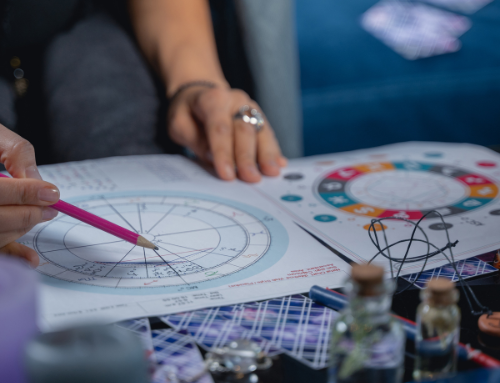Tips for being mindful in daily life
To be mindful means to pay attention to the present, without judging or being distracted.
Mindfulness can help us feel better and reduce stress, as well as deal with difficult emotions and situations. It can also help us to feel more alive in the present moment. It sounds relatively simple, yet all too often many of us find ourselves dwelling on the past or planning the future, rather than attending to the present.
The practice of mindfulness is generally believed to originate from Buddhism. As Buddhists from the East shared their teachings internationally, the message of mindfulness began to influence more people, especially in the Western world. One of these people was Jon Kabat-Zinn, widely referred to as the father of mindfulness, who is credited with helping spread information about its benefits.
Many people have been introduced to mindfulness through their yoga or meditation practices. Yet it is possible to also develop mindfulness during regular daily activities, such as when walking, driving or even while brushing one’s teeth. The key is to try to focus only on the present moment, and not pay too much attention to thoughts about the past or future. This is a great way to start practising being mindful.
I believe we can also learn how to connect and be mindful by incorporating smaller mindfulness moments to help bring us back to ourselves. If we have an established weekly pattern of mindfulness practice, perhaps through meditation, yoga or other mind-body exercises, then sometimes it only takes a moment or two of inner reflection to bring us back to this sense of being. Yet in this moment we are letting go, becoming still, feeling at peace and being mindful.
Here are some of my favourite daily mindfulness practices, which help me bring some balance back into my life:
- Breathe – simply observe each breath as it comes in and out. Don’t try to change anything, just observe.
- Relax muscles – notice the tension that can be held in many areas and let it dissolve.
- Flow – focus on the present, just doing one thing at a time, and enjoy the peace and ease this offers.
- Connect to colour – enjoy the healing benefits of what is often right in front of our eyes. Blue and green, especially, are calming and balancing colours.
- Engage with sound – take a moment to stop and listen to sounds around you, whether that be birds singing, passing traffic or even silence.
- Just being – a few moments of doing nothing, just letting it all go, calms the mind and body.
Mindfulness is the basic human ability to be fully present, aware of where we are and what we’re doing, and not overly reactive or overwhelmed by what’s going on around us. It sounds easy to do, yet may take a little practice to achieve. However, the benefits of greater calm and inner peace are definitely worthwhile.
“The real meditation practice is how we live our lives from moment to moment to moment.” John Kabat-Zinn
By Kerrie Clayton
Kerrie has been a member of the AHHCA for 10 years and is currently part of its Committee of Management. She is a qualified Holistic Health Practitioner and Reiki Master. Kerrie may be contacted via www.wellnesswithkerrie.com
References:
www.healthdirect.gov.au/mindfulness
Kabat-Zinn, John, Full Catastrophe Living, Bantam (1990)
www.mindful.org/what-is-mindfulness/
Mindfulness Moments — Wellness with kerrie
www.trvst.world/mind-body/history-of-mindfulness







Leave A Comment